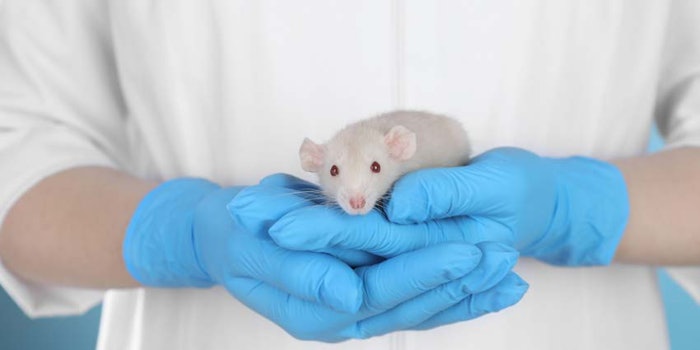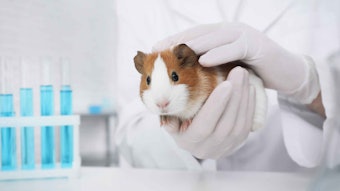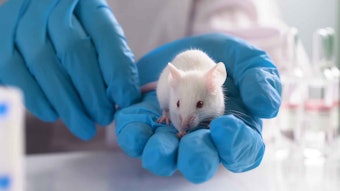
A report from ChemicalWatch flags the European Commission's (EC's) amendments to REACH, stating they are more than 'clarifications' and could lead to increases in animal testing.
As previously reported, under REACH, data from some animal testing endpoints is required in some cases to ensure the safety of cosmetic products. However, this is in direct conflict with the European ban on animal testing. In relation, the EC proposed changes to Annexes VII to XI of REACH in October 2020 to "clarify unclear or inconsistent wording" relating to information requirements, especially in terms of animal testing.
Industry, NGO Objections
Cefic (the European Chemical Industry Council) and other trade bodies including Eurometaux, Aise and Cosmetics Europe have come out in objection to the "premature" changes, which were officially adopted by the EC on June 17, 2021, stating they will profoundly increase animal usage.
For example, one change requires that any positive result from an in vitro genotoxicity study should automatically trigger a follow-up animal test. The amendments would also limit the use of existing in vivo studies conducted via dermal or inhalation routes, ChemicalWatch reports, and restrict routes of administration of several tests that would "inevitably result in a compliance check rejecting existing animal studies," Cosmetics Europe stated.
The law went into effect on July 8, 2021, and will apply from January 8, 2022.
REACH Changes
According to the European Chemicals Agency (ECHA), the main changes to REACH concern:
- requirements for surface tension and water solubility of metals and sparingly soluble metal compounds;
- requirements for in vitro testing for eye irritation and in vivo testing for skin or eye irritation;
- requirements and adaptations for 28-day and 90-day repeated dose toxicity studies;
- specific rules for adapting reproductive toxicity studies;
- general rules for adaptation based on:
- use of existing data;
- weight of evidence;
- substance-tailored exposure-driven testing; and
- grouping of substances, especially those of unknown or variable composition, complex reaction products and biological materials (UVCBs);
- new rules for adapting studies on fate and behavior in the environment based on a low octanol-water partition coefficient;
- new specific rules for adapting for dissociation constant and viscosity; and
- additional requirements for human health and environmental testing to be performed at appropriately high dose levels.
The ECHA is updating its guidance materials and will publish more advice to registrants toward the end of 2021.









![A 2019 petition to the House of Commons stated, 'We, the undersigned residents of Canada, draw the attention of the House of Commons ... [that] animal testing is unnecessary to prove the safety of cosmetic products.'](https://img.cosmeticsandtoiletries.com/files/base/allured/all/image/2023/01/animal_testing_ban_canada_dreamstime_m_215632720.63d313232306d.png?auto=format%2Ccompress&fit=crop&h=191&q=70&rect=0%2C73%2C1800%2C1013&w=340)
